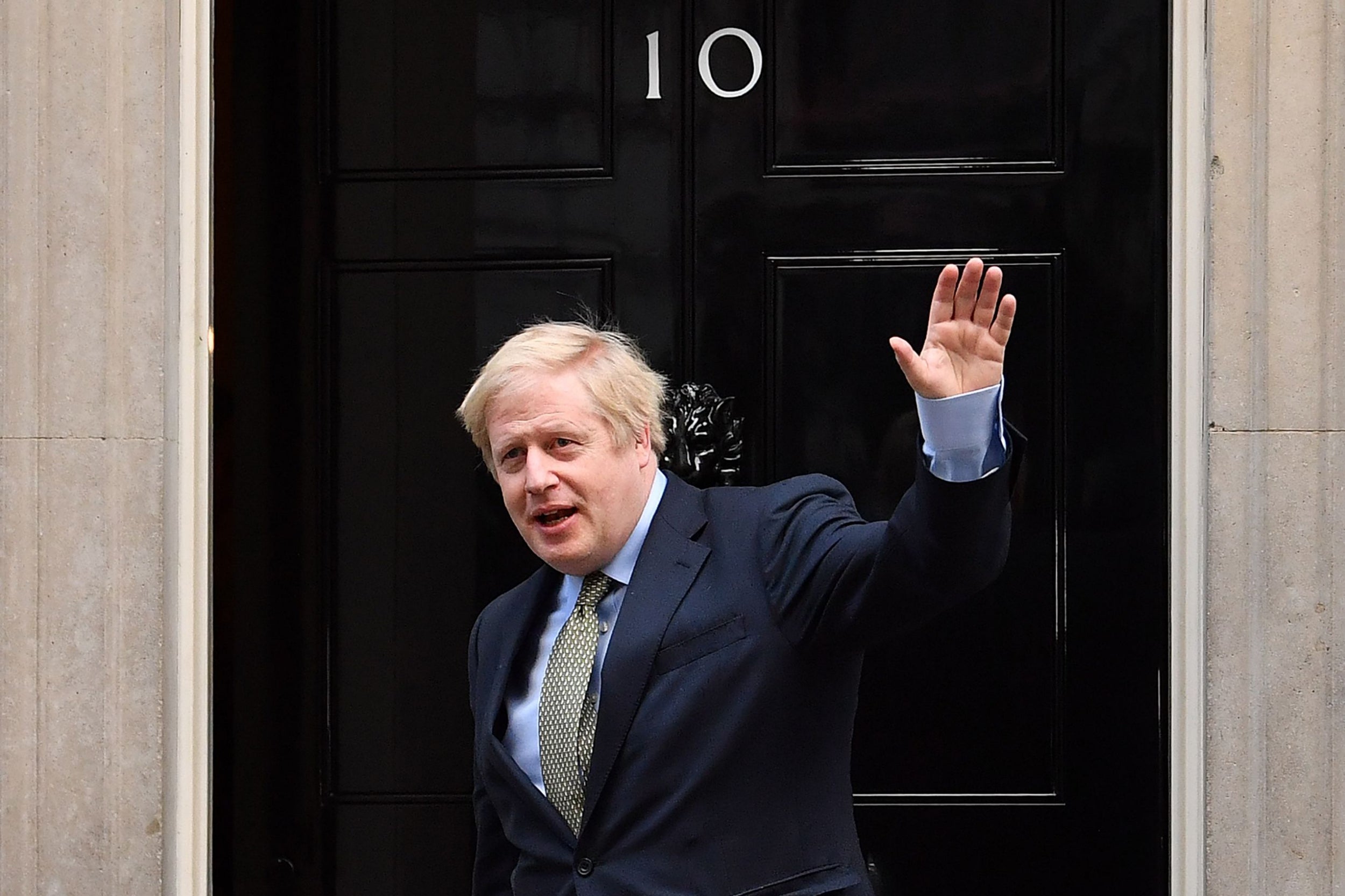Who will be in Boris Johnson’s future cabinet?
A newly-emboldened PM must pick his top team – and his choices will send a message about the kind of government he will run, writes Lizzy Buchan


Just after 7am on Friday morning, Boris Johnson delivered a surprising speech to Conservative activists gathered in Westminster.
He had been returned to Downing Street with the largest Tory majority since Margaret Thatcher, fuelled by historic gains along Labour’s “red wall” of seats from north Wales, the midlands and the northeast of England.
Instead of gloating, he appealed to traditional Labour voters who backed him and vowed to govern for the whole country.
Pointed references to One Nation Conservatism also featured in his appeal for unity on the steps of Downing Street, showing he may use his new mandate to soften his stance.
This could form a key component of how he chooses his cabinet. The prime minister is expected to undertake a mini-reshuffle next week to fill some of the gaps in his cabinet, carrying out a fuller shake-up after the 31 January Brexit deadline.
He needs to replace Nicky Morgan, who stood down at the election, as culture secretary, as well as Alun Cairns who resigned as Welsh secretary following a row over claims he knew about his aide’s role in the collapse of a rape trial.
Zac Goldsmith, who lost his seat in Richmond, also needs to be replaced as environment minister.
Early indications suggest Penny Mordaunt could come in from the cold to take Morgan’s job. A popular and capable minister, Mordaunt threw her weight behind Jeremy Hunt in the leadership race, prompting Boris Johnson to sack her as defence secretary when he took office.
Mordaunt has kept her counsel since leaving the front bench, which may endear her to Downing Street, and her strong support for Brexit would make her an easy hire.
Several junior ministers could also be in line for a promotion. Victoria Atkins, who kept her job at the Home Office when Johnson became PM, or Rishi Sunak, the chief secretary to the Treasury, who was prominent during the election campaign.
The pre-Christmas reshuffle will be minimal, insiders say, as Johnson focuses on passing the withdrawal agreement before 31 January – one of his key election promises.
Getting a Brexit deal through parliament has been the centre of so many battles over the past two years. This time it should be a doddle.
Downing Street is said to be gearing up for a fuller reshuffle in February. There is speculation that this could include reshaping Whitehall to bring the Brexit department into the Department for International Trade, as attention turns to the future trading relationship with Brussels. Johnson has also shown support in the past for folding the Department for International Development into the Foreign Office.
Johnson said during the election campaign he would keep Sajid Javid as chancellor but the rest of the field remains wide open.
Michael Gove is tipped to take a prominent role in future Brexit negotiations after taking charge of no-deal planning in recent months.
Some senior Tories could be on the way out, such as Jacob Rees-Mogg, the Commons leader, who was notably absent from the election campaign.
Johnson could promote newer talent such as Sunak or Tobias Ellwood, a former defence minister who was more to the Remain side of the party.
The PM could also decide to bring his leadership rival Jeremy Hunt back into the cabinet, if he wants to reach out across the party. Ex-sports minister Tracey Crouch is another figure who might be offered a big job, although she turned down a role earlier this year.
Freed from the thrall of Tory Brexiteers, giving top jobs across the Conservative Party would send a message about the prime minister’s intentions over the next five years.
Join our commenting forum
Join thought-provoking conversations, follow other Independent readers and see their replies
Comments